|
Hiked on February 2, 2023 Somewhere along the way of this project, it appears that at least a few people got the impression that I am particularly rugged or outdoorsy. I am not of course. I am just a suburban dad transitioning to empty-nester with a bad back and sore knees. I prefer a room and a bed--preferably my own--to a tent or sleeping platform. It is just that I find the Transcendent in nature, and that helps get me through the week. I have been doing some workshops on Sabbath Walks. I have been pitching them as "mindful walking" workshops because the word "sabbath" appears to make some folk uncomfortable. Maybe it is because "sabbath" is a religion-word. I like it better, though, "mindful" is way too broad. Anyway, It is at these events--and the conversation around them--that I have noticed this disconnect. People will come up me to say it is all very interesting...but they cannot go on a big hike. Usually this is for physical reasons, which I totally get. The only issue is that I am not talking about hiking. I am talking about walking and even that has more to do with sitting. The process is all about perspective and intention. Are you paying attention to the world around you? Are you letting your experience influence your understanding through reflecting on your context? Then you are more than good. 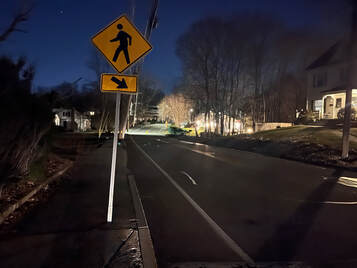 A glimpse of a night walk through my town. The whole place feels different in the dark. A glimpse of a night walk through my town. The whole place feels different in the dark. Actually I haven't gone on many big hikes lately. Work has gotten in the way. So has the weather. I do get out every week but all of my Sabbath Walks in 2023 have been in Massachusetts. It is a good thing that we have so many great opportunities to get out in nature here! Yes, it will be hard to cultivate "likes" in the same way when the views are less dramatic and the physical effort may also be. That said, I have enjoyed immersing myself in the land close to home. Some of the best hikes lately have been repeats. I trundled up Mount Watatic again and again. The Graces and the Crow Hill Ledges still stand out. One of the best walks I had was my usual four-mile round-trip stroll downtown...but at night. This made all the difference. What I really want to talk to you about though, is the Assabet River Wildlife Refuge. 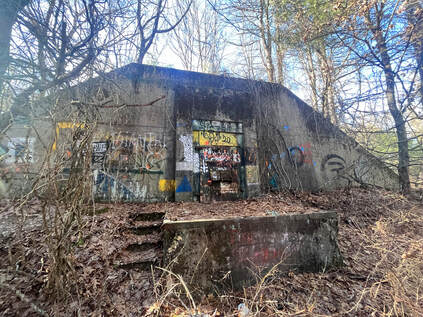 The bunkers off the main trail were covered in graffiti. Obviously they had been re-purposed as hangout spaces for people who wanted to get away. The bunkers off the main trail were covered in graffiti. Obviously they had been re-purposed as hangout spaces for people who wanted to get away. I have to say that I only recently really clued into its existence. I went over there because the weather in New Hampshire was turning dangerous and I also had the need to find something more accessible for a group Sabbath Walk in the spring. As I mentioned earlier, people think that these walks need to be challenging. They do not. I was--and am--searching for places where a person could walk a few feet to find a pretty place to sit. If they wished, they could move on for a more challenging workout...but they wouldn't have to. When you are in a group you need both "easyish" and "hardish" options, so everybody gets what they want or need. Now, on this hike I had expected to see wildlife...and I did. What was surprising, though, was the large amount of evidence of previous human habitation! Many of the trails were unusually wide and there were patches of old, cracked pavement in places. Also, right where I parked was the foundation of an old tavern dating back to 1700. However, the most remarkable thing was the proliferation of immense concrete bunkers tucked away in the forest. Each had a massive metal door that was barred and locked like some dystopian Hobbit hole. Since my trip I heard from friends who had been in one. The description seems to fit as they appear bigger on the inside. The one they visited was vast, cold, and oppressive. 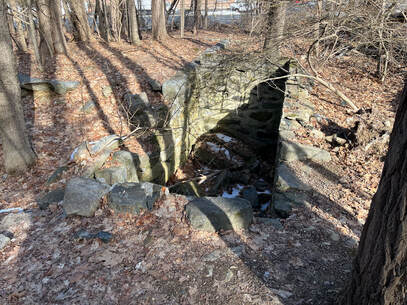 The foundation of the Rice Tavern. Erected in 1700, turned into a house later, and torn down in 1945. The foundation of the Rice Tavern. Erected in 1700, turned into a house later, and torn down in 1945. Now, I later learned that there were 50 of these bunkers in the park. Therein lies a story. First, of course, this land was wilderness. Then it was occupied by native Americans. Then, as Europeans came to this continent, it was a neighborhood for a long time. That is where the old tavern came in. Later Henry David Thoreau would pass through to visit friends. In fact, it stayed a agricultural community until 1942. Then, as the Second World War heated up, the land was seized by eminent domain. The people were moved. There were about 100 of them and they claim their compensation was 10 cents on the dollar. Their houses and the tavern were destroyed. In their place were those big bunkers, to store ammunition for Fort Devens. After a while this annex was sealed off and abandoned. Finally, in 2005, it was opened to the public. When I told this story in church and asked if anyone had been there only my eldest son raised his hand. His high school cross-country team ran there. Otherwise it is a new park to pretty much everyone I know. 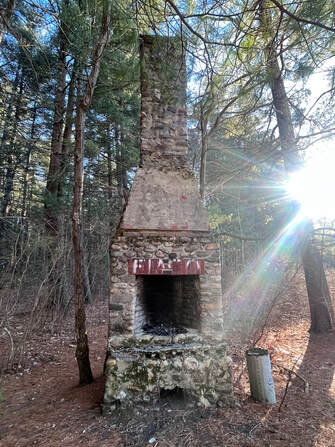 I found this near a fishing pier. I found this near a fishing pier. As you walk along its trails today there is all this evidence of the past. There are so many layers of humanity. Some of those layers tell peaceful stories of life lived in the usual ways. Others tell stories of fear, displacement, and violence. Now, the story of this refuge can be read as a parable. With any good parable we have choices to make about how we approach it and where we see ourselves in it. We can imagine ourselves in the position of The Native Americans, or the early colonists, or the neighborhood right before the war...all of them swept away. Perhaps instead we could see with the eyes of those massive bunkers stubbornly demanding our place in the midst of the wilderness. They are solid, powerful, obnoxious even…but largely irrelevant to the world moving around them. Or…we could see ourselves in the refuge, itself; adapting to our current context to serve current needs and connecting to the ecosystem that sustains us. Whatever we choose--and at times we have probably felt ourselves in all these categories with more besides--this walk reminds us of the fullness of time and the power of creation to alter our understanding of what "truth" is. It is a thoughtful place for a walk, or a sit, or a stand. I spent a couple of hours there. Then I went to a bar and wrote the beginnings of a sermon--here is the podcast version--with this story as its inspiration. That is what is supposed to happen on a sabbath walk. There should be a physical and mental challenge, then a new insight gained and a dialogue created. We make sense of our reality through reflection, after all. \My step counter says I walked 8.5 miles and there was much more to explore. I will definitely be back there soon. 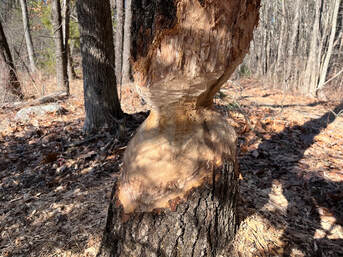 Thoreau actually wrote a poem about travelling though this area. The Old Marlborough Road exists as a road outside the preserve, but inside it continues as a perimeter road to the park. I hiked it. It was mostly quiet, with a few strollers and fat bikers. Anyway...here is the poem. It isn't necessarily one of his best, but it helps to give life to the people who used to live there. Also the page describes the area a bit. In my sermon I said the refuge is in Sudbury and Wayland. Of course it is actually in Sudbury and Maynard. After twenty years living here my geographical references are still those of a Mainer. By way of reparation, the link is to a Maynard historical site. Update: I finally got around to making a video of my most recent hike here. So if you are interested...here it is!
0 Comments
Leave a Reply. |
Adam Tierney-EliotI am a full-time pastor in a small, progressive church in Massachusetts. This blog is about the non-church things I do to find spiritual sustenance. Archives
June 2024
Categories
All
|
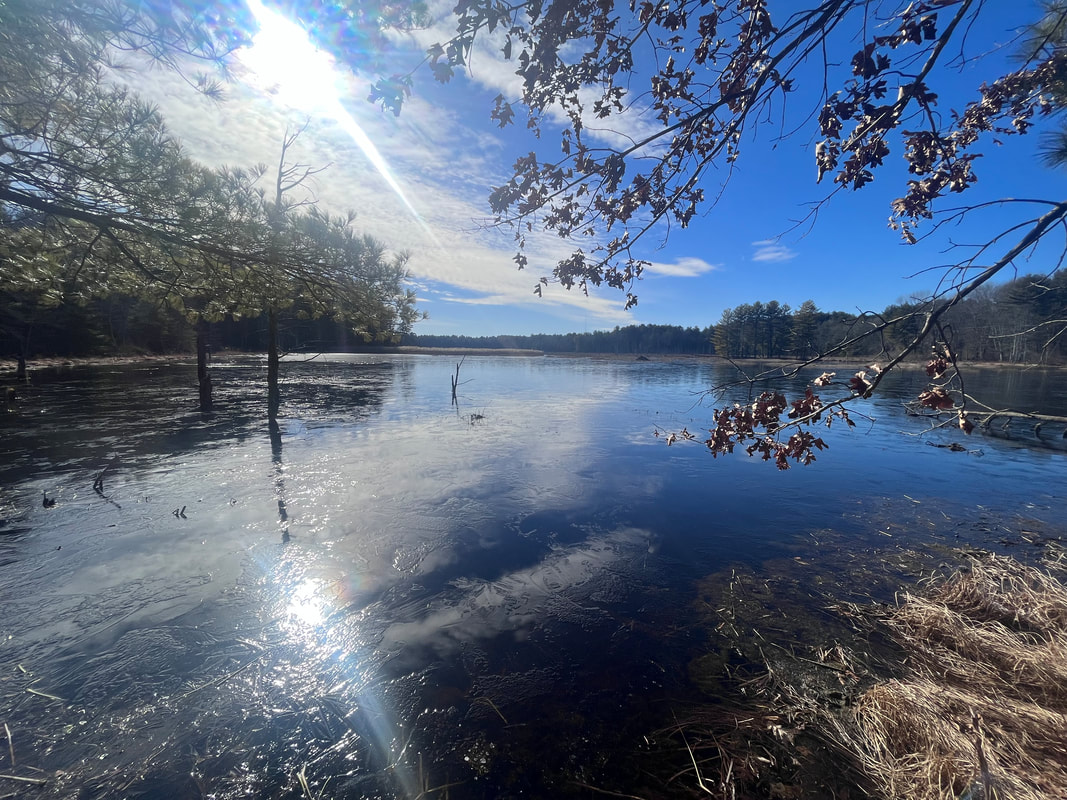
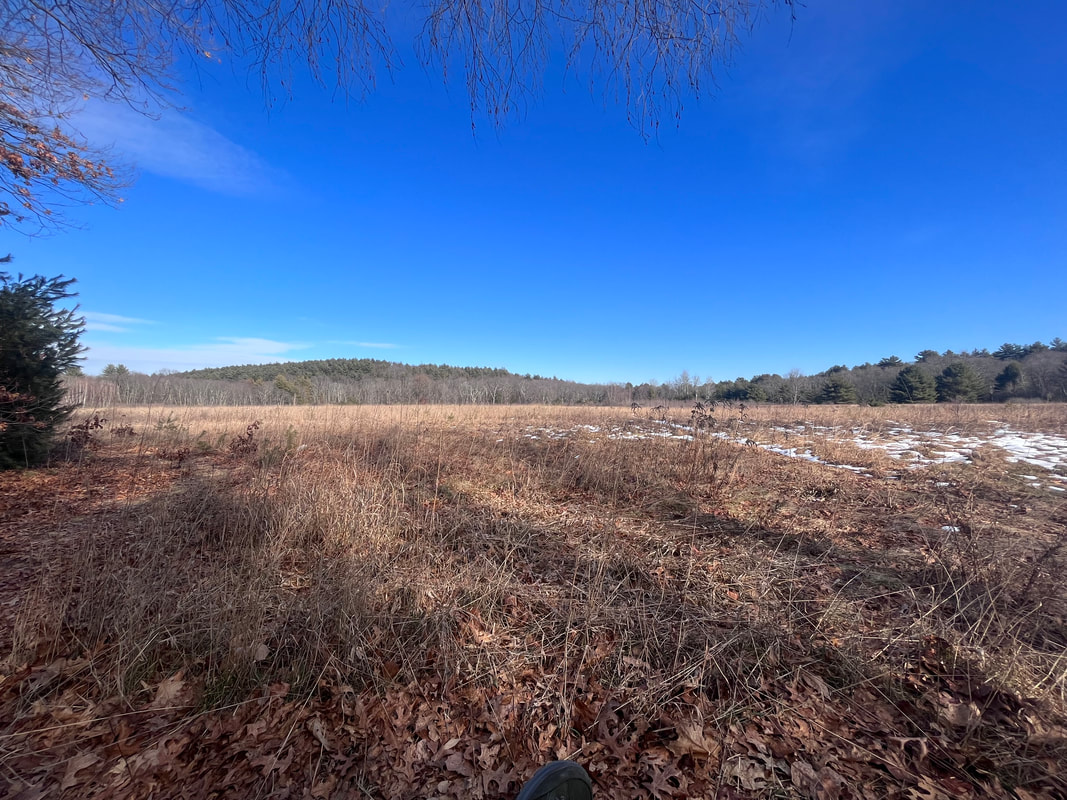
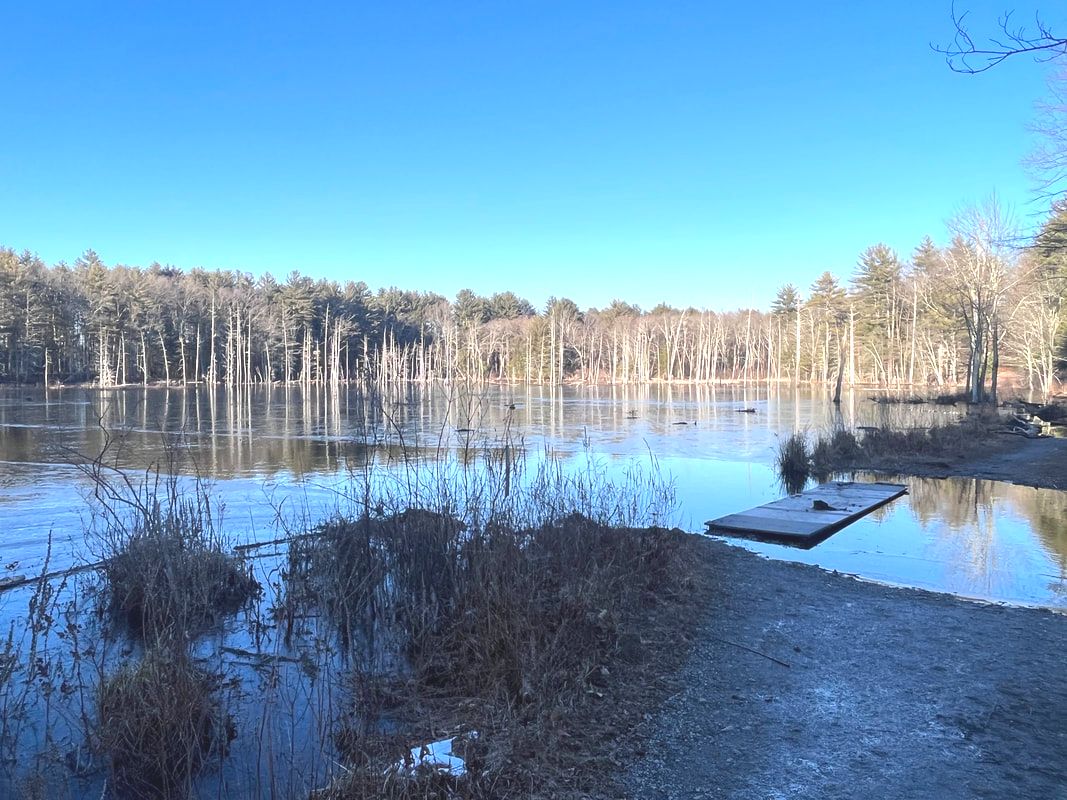
 RSS Feed
RSS Feed